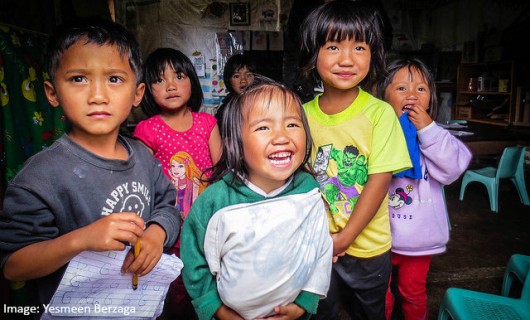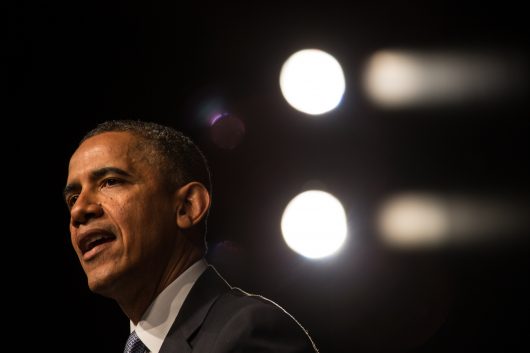
President Obama recently penned an article on gender equality, highlighting the strides made over his past two terms.
President Obama’s article appeared in a recent issue of Glamour Magazine. In it, he detailed the upbringing he had (raised by both his single mother and grandmother) that influenced his feminist views. He also discusses his successes and failures as a father, admitting that there were times when the pressures of raising two daughters often fell to his wife while he was off pursuing his career.
He cites the changes that have already been made in the past 50 years: from women gaining the right to vote to the ability to achieve financial independence, or being nominated as a major party’s presidential candidate for the first time.
Still, there is work to be done.
In the past eight years, during his Presidency, Obama has made concrete steps towards promoting equality amongst all genders. According to a White House press release, President Obama has created the White House Council on Women and Girls, as well as appointed the White House Advisor on Violence against Women, the Ambassador at Large for Global Women’s issues, and two female Supreme Court justices.
Furthermore, when he signed the Affordable Care Act into law, he ensured that insurance companies could no longer charge higher premiums based solely on sex. More recently, with the help of Vice President Joe Biden, Obama has launched the It’s On Us campaign to help change the conversation and stigma surrounding sexual assault.
Obama’s gender equality policies extend beyond the domestic, however. Abroad, he and the First Lady launched Let Girls Learn in March of 2015, which aims to bridge the disconnect between adolescent girls and access to quality education.
Prior to that, in 2011, he announced Executive Order 13595 and the U.S. National Action Plan on Women, Peace, and Security. This act aims “to support women’s voices and perspectives in decision-making in countries threatened and affected by war, violence, and insecurity.”
Already, the United Nations’s Millennium Development Goals have achieved equality in primary education for girls and boys. The hope is that the new Sustainable Development Goals (launched in 2015) will take this a step further.
On its website, the U.N. explains why gender equality is so important: “Providing women and girls with equal access to education, health care, decent work, and representation in political and economic decision-making processes will fuel sustainable economies and benefit societies and humanity at large.”
– Sabrina Santos
Photo: Flickr
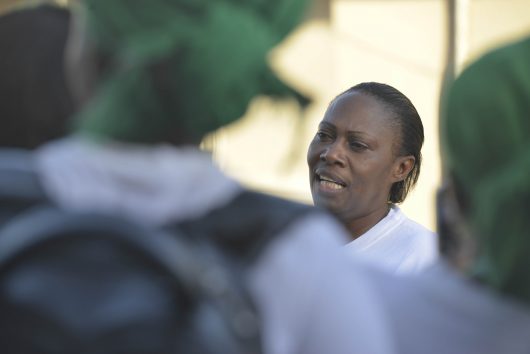
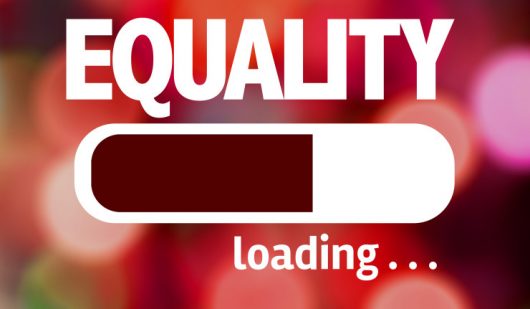
 The Bill and Melinda Gates Foundation
The Bill and Melinda Gates Foundation 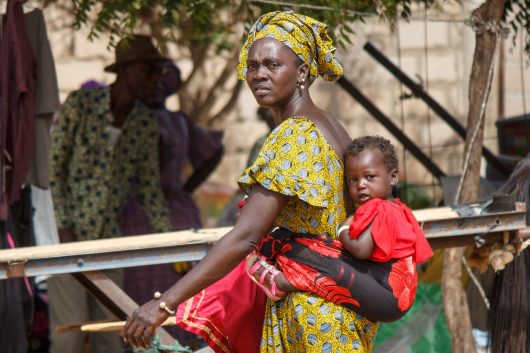 Over 60 percent of
Over 60 percent of 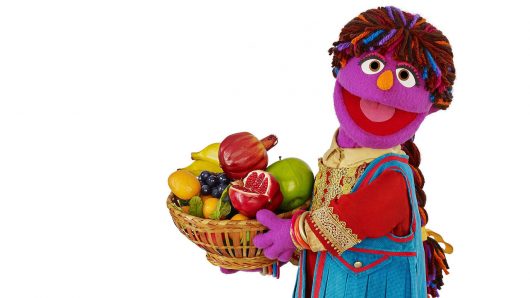 Afghanistan’s Sesame Street is debuting its first Afghan Muppet character, who just happens to be a girl.
Afghanistan’s Sesame Street is debuting its first Afghan Muppet character, who just happens to be a girl.
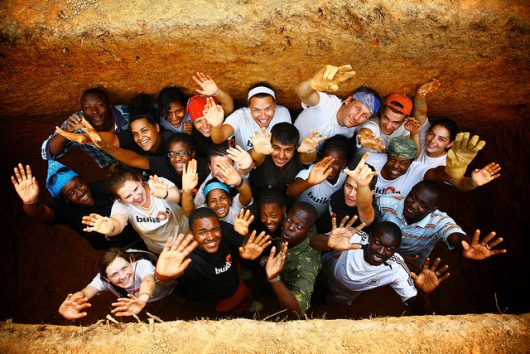
 For villagers in Eastern
For villagers in Eastern 